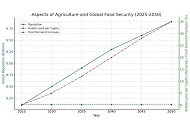101 results in Exploration of Foods and Foodomics
Latest
Sort by :
- Latest
- Most Viewed
- Most Downloaded
- Most Cited
Open Access
Original Article
Microbial quality and sensory evaluation of probiotic yogurt fortified with functional seeds
Hannah Gail Aziz, Sharareh Hekmat
Published: December 01, 2025 Explor Foods Foodomics. 2025;3:1010101
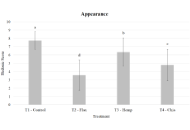
Open Access
Original Article
Lipidomic approach to the analysis of Persea americana Mill. cv. from the northern subregion of the department of Caldas
Juan Pablo Betancourt Arango ... Gonzalo Taborda Ocampo
Published: September 24, 2025 Explor Foods Foodomics. 2025;3:1010100
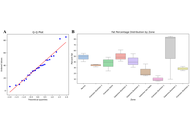
Open Access
Review
Casein chemistry—structure, functions, and applications
Edward P. C. Lai, Apollinaire Tsopmo
Published: September 17, 2025 Explor Foods Foodomics. 2025;3:101099
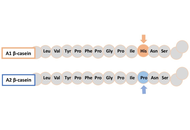
Open Access
Original Article
Characterization of carotenoids and color in temperate Asimina triloba and comparison to other tropical Annonaceae fruits
Robert Brannan ... Muhammad Jawad
Published: August 26, 2025 Explor Foods Foodomics. 2025;3:101098
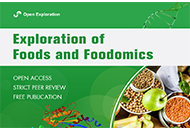
Open Access
Review
Persistence, toxicity, and risk assessment of toxic compounds in food: implications for food safety and public health
Annu Khatri ... Indu Shekhar Thakur
Published: August 22, 2025 Explor Foods Foodomics. 2025;3:101097
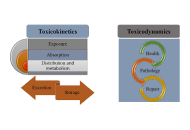
Open Access
Original Article
Effect of pretreatment methods on the sensory and nutritional properties of a yoghurt-like product made from tiger nuts (Cyperus esculentus L.)
Aristide Guillaume Silapeux Kamda ... Elie Fokou
Published: August 21, 2025 Explor Foods Foodomics. 2025;3:101096
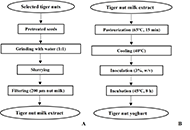
Open Access
Original Article
Impact of pretreatment and drying on the chemical composition and sensory quality of fried yam (Dioscorea rotundata) chips
Evans Ntim Amedor ... James Owusu-Kwarteng
Published: August 12, 2025 Explor Foods Foodomics. 2025;3:101095
This article belongs to the special issue The food (r)evolution towards food quality/security and human nutrition
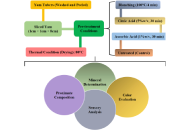
Open Access
Review
Bibliometric analysis on carcinogenic and non-carcinogenic risk assessment of heavy metals from cereal products
Gabriel Mustatea ... Elena L. Ungureanu
Published: August 08, 2025 Explor Foods Foodomics. 2025;3:101094
This article belongs to the special issue Food Contaminants: Analysis, Occurrence and Risk Assessment
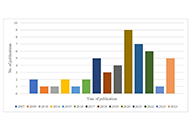
Open Access
Original Article
Dietary intake and knowledge of fermented food products among university students
Sharareh Hekmat, Latifeh Ahmadi
Published: August 08, 2025 Explor Foods Foodomics. 2025;3:101093

Open Access
Original Article
Valorization of resistant starch from acorns as a new ingredient for chocolate milk puddings
Luís M.G. Castro ... Manuela Pintado
Published: August 06, 2025 Explor Foods Foodomics. 2025;3:101092
This article belongs to the special issue The food (r)evolution towards food quality/security and human nutrition
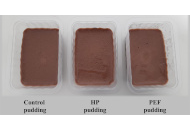
Open Access
Original Article
Impact of soaking and cooking of soya (Glycine max L.) on the protein and oxalate content
Thales Djeuben Dongmo ... Marie Modestine Kana Sop
Published: August 06, 2025 Explor Foods Foodomics. 2025;3:101091
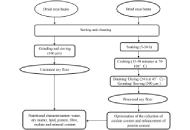
Open Access
Original Article
Impact of appertization on the physicochemical, phytochemical properties, nutritional and microbiological qualities of a lemon-enriched tomato juice
Serge Cyrille Houketchang Ndomou ... Hilaire Macaire Womeni
Published: July 31, 2025 Explor Foods Foodomics. 2025;3:101090
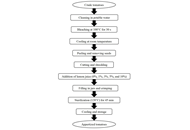
Open Access
Original Article
Comparative evaluation of different composite wall materials for encapsulation of Justicia carnea (Brazilian plume) leaves extract
Oluwatoyin Ajoke Oladeji, Olugbenga Olufemi Awolu
Published: July 25, 2025 Explor Foods Foodomics. 2025;3:101089
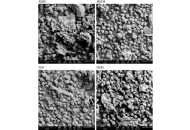
Open Access
Original Article
A molecular dynamic modeling and in silico analysis approach to three-dimensional structure of glutelin type-B 5-like proteins from proso millet: effects of temperature and electric field
Felix Akharume ... Akinbode Adedeji
Published: July 17, 2025 Explor Foods Foodomics. 2025;3:101088
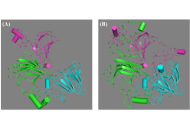
Open Access
Original Article
Metabolomics profile of two germinated maize flours (Atp-Y and Coca-sr) using gas chromatography-mass spectrometry (GC-MS)
Stephano Tambo Tene, Venkatachalapathy Natarajan
Published: June 30, 2025 Explor Foods Foodomics. 2025;3:101087
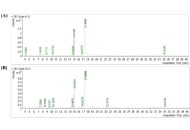
Open Access
Original Article
Development of a novel non-targeted analytical method on evaluating the thermal stability of pesticides, enabling the identification of degradation products
Florian Dubocq ... Julien Parinet
Published: June 24, 2025 Explor Foods Foodomics. 2025;3:101086
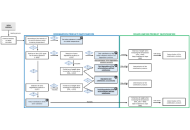
Open Access
Review
Solid-state fermentation: an alternative for continuous and discontinuous production of bioactive compounds with biological activity
Karen De La Rosa-Esteban ... Juan A. Ascacio-Valdés
Published: June 16, 2025 Explor Foods Foodomics. 2025;3:101085
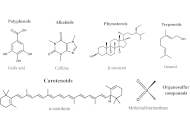
Open Access
Original Article
Enhancing the shelf life and postharvest life quality of tomato (Solanum lycopersicum)
Olga B. Álvarez-Pérez ... Cristóbal N. Aguilar
Published: May 25, 2025 Explor Foods Foodomics. 2025;3:101084
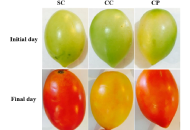
Open Access
Review
Efficacy of Mucuna pruriens (L.) DC. in treating diabetes, Parkinson’s disease, and erectile dysfunction—a review of clinical and preclinical trials
Ravindra Verma ... Prakash S. Bisen
Published: April 23, 2025 Explor Foods Foodomics. 2025;3:101083
This article belongs to the special issue Natural Products in Health and Disease
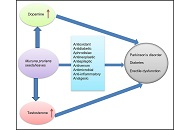
Open Access
Review
Agriculture, food security, and sustainability: a review
Shahidul Islam
Published: April 14, 2025 Explor Foods Foodomics. 2025;3:101082
